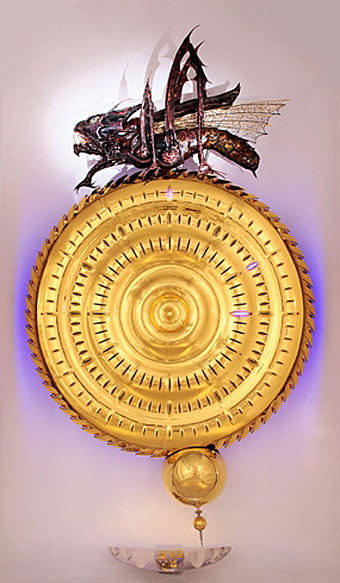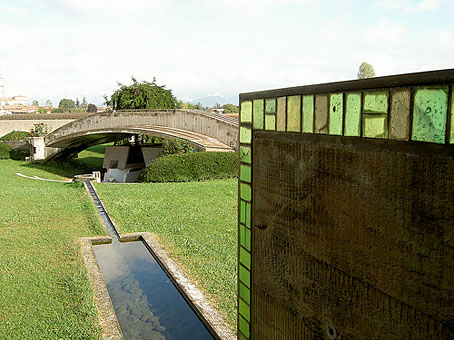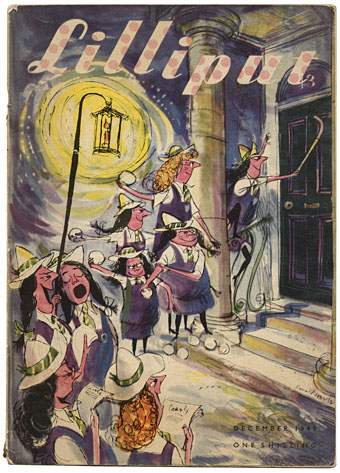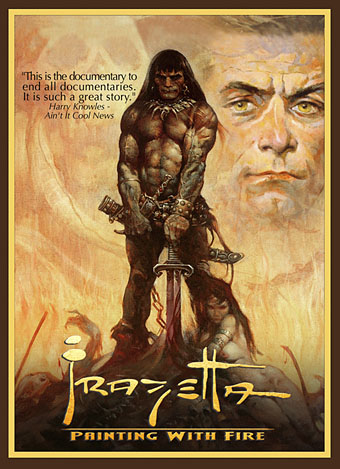This splendid clock is unveiled by Professor Stephen Hawking later today at Corpus Christi College in Cambridge. If it hadn’t cost a million pounds to develop I’d probably be demanding that someone find me one for Christmas. The mechanical monster perched at the top is explained by its creator:
“It is terrifying, it is meant to be,” said John C Taylor, the creator and funder of an extraordinary new clock to be unveiled tomorrow by Stephen Hawking at Corpus Christi College in Cambridge. “Basically I view time as not on your side. He’ll eat up every minute of your life, and as soon as one has gone he’s salivating for the next. It’s not a bad thing to remind students of. I never felt like this until I woke up on my 70th birthday, and was stricken at the thought of how much I still wanted to do, and how little time remained.”
Unfortunately there are few decent pictures to be had of the device but the Telegraph has an article which describes its “grasshopper escapement”, while the Guardian goes one better with a video of the clock in action.
Update: Longer video at the university site with Dr Taylor explaining the clock in detail.
Previously on { feuilleton }
• Gold robots
• The art of Sergei Aparin
• The art of Almacan
• The sculpture of Christopher Conte
• The Bowes Swan





